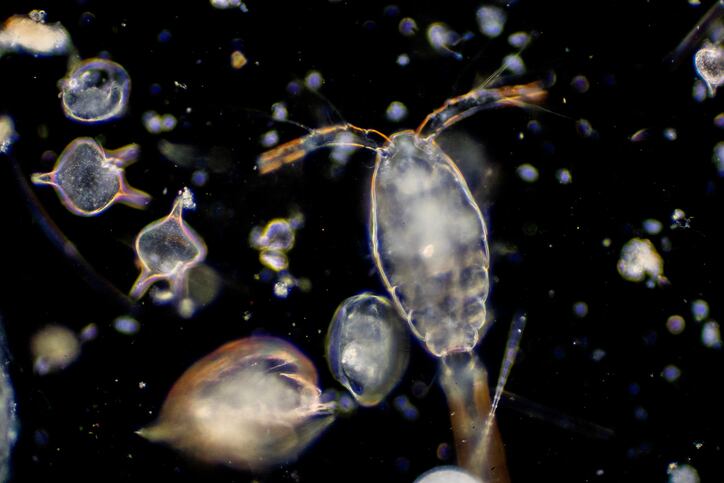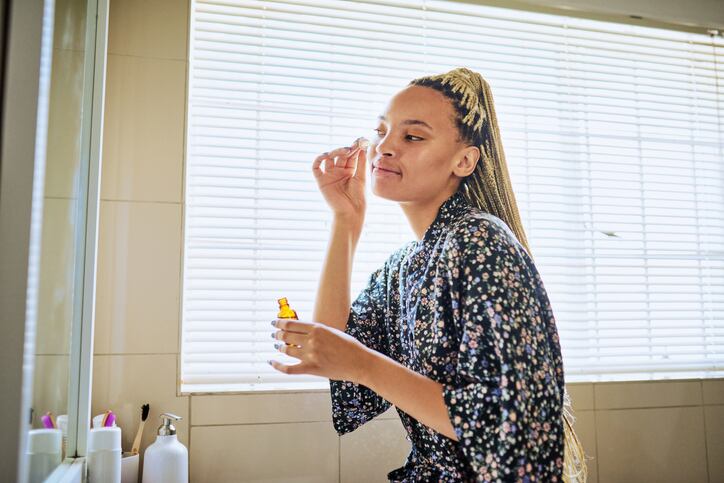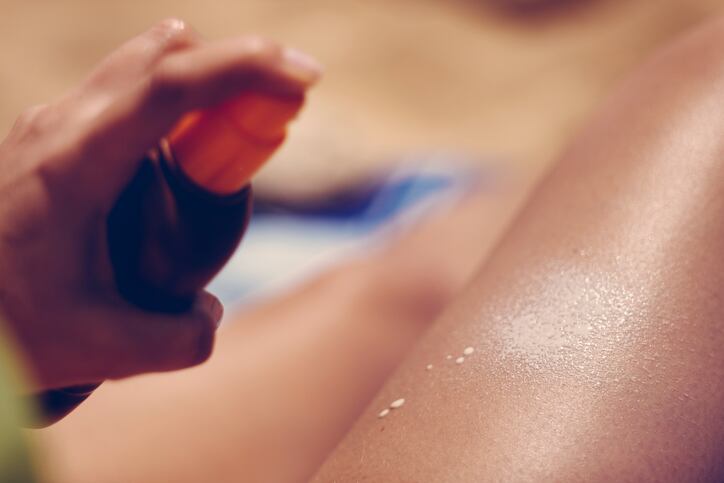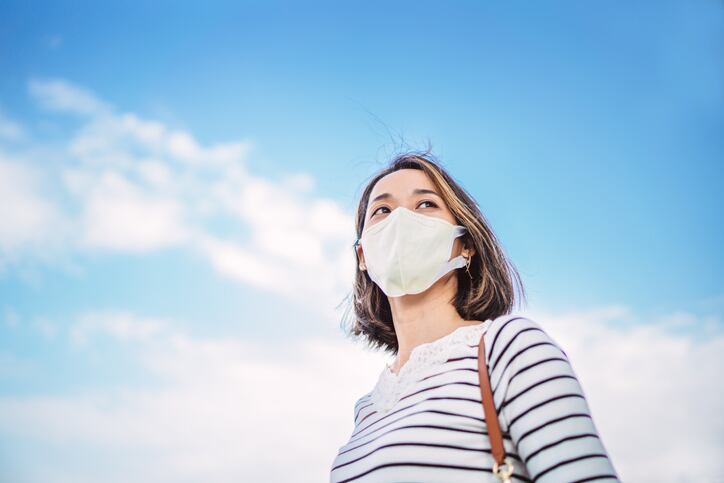A research team out of Spain, González et al, recently published an article in Cosmetics “evaluating and quantifying the toxicity on marine plankton of eight commercial sunscreens” on three types of marine plankton.
While González et al said the negative effects on coral some sunscreens have, including bleaching, has been frequently researched and discussed, the research team set out to study how sunscreen affects more types of marine organisms.
The research team both evaluated the toxicity of sunscreens and made some conclusions on how to improve marine toxicity testing.
Test Results
Generally speaking, the researchers found that sunscreens are unlikely to be majorly toxic in a marine environment because of the dilution ratio in open water, though the team also did not say sunscreen toxicity is inconsequential.
“None of the tested sunscreens can be considered totally innocuous for the tested plankton species,” González et al said. “However, taking into account the high dilution factors of coastal environments, these effects are expected to be very limited on a geographical scale.”
All of the sunscreen tested in the study fell in the non-toxic range, though two were relatively close to the limit for one type of zooplankton tested. González et al said, for all sunscreens, creams appear to cause lower rates of growth inhibition as opposed to raw ingredients, possibly because of the presents of compounds that might keep filters from being bioavailable.
Titanium dioxide and OC were detected as toxic in some concentrations to two of the marine plankton, while the EHMC filters have been found to have more impacts on invertebrates than in microalgae, González et al said.
The team also tested PBSA independently because the sunscreen which showed “remarkable toxicity on the two species of zooplankton tested” was the only one containing the compound. However, their testing did not show PBSA was the main cause of toxicity in the formulation.
It was also found when sea urchin larvae were incubated with light, toxicity was significantly increased, possibly because of the generation of radical oxygen species and the degradation of PBSA by UV radiation.
What the results mean
González et al made two broad recommendations in future testing of sunscreen toxicity in a marine environment based on the results of their tests.
Due to the large difference in the toxicity impacts between microalgae, copepods and sea urchin larvae, which were much more sensitive, the research team said it’s important for studies to include an array of marine organisms to accurately test toxicity.
The team also stated that sunscreens should be tested both in their components and as a complete cream, as demonstrated by the cream containing PBSA’s results in this study.
“The results of this study suggest the importance of a better understanding of the toxicity of the components of sunscreens both alone and as part of mixtures, which is how they are most often found in the environment,” González et al said.
Source: Cosmetics
Cosmetics 2022, 9(1), 20; https://doi.org/10.3390/cosmetics9010020
Title: Ecotoxicological Evaluation of Sunscreens on Marine Plankton




